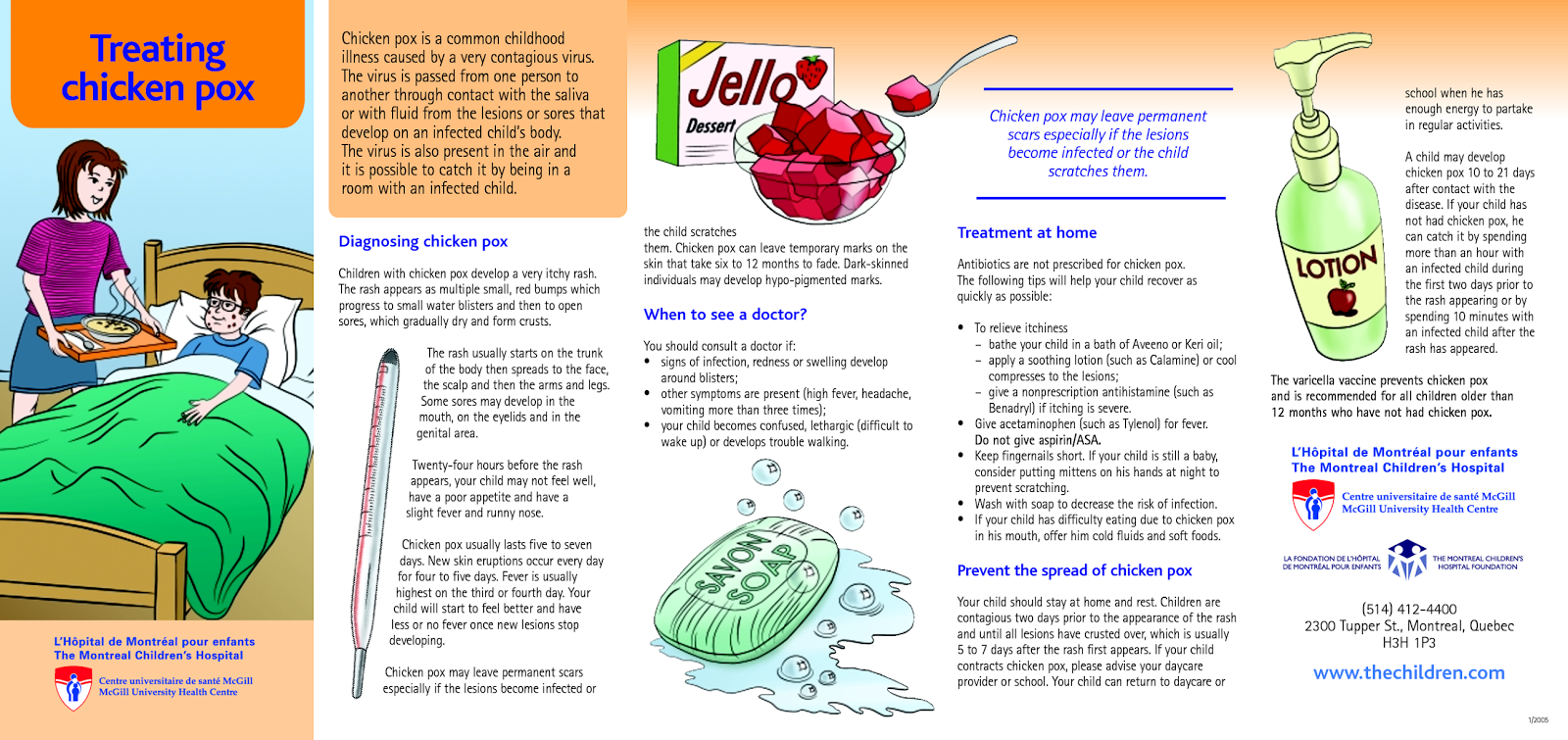Blister itchy rash on hands. Dyshidrosis: Understanding Summer Finger Bumps and Itchy Hand Blisters
What causes the itchy blister rash on hands known as dyshidrosis. How is dyshidrotic eczema diagnosed and treated. Can dietary changes help manage dyshidrosis symptoms. What are the risk factors for developing dyshidrotic eczema.
What is Dyshidrotic Eczema?
Dyshidrotic eczema, also known as dyshidrosis or pompholyx, is a type of eczema characterized by small, itchy blisters that primarily affect the hands and feet. These blisters, sometimes referred to as “summer finger bumps,” can cause significant discomfort and interfere with daily activities.
The condition is called “pompholyx eczema” by some medical professionals, with “pompholyx” being the Ancient Greek word for “bubble.” This name aptly describes the appearance of the tiny, deep-seated blisters that resemble tapioca pudding.
Recognizing the Symptoms of Dyshidrotic Eczema
Dyshidrotic eczema presents with several distinctive symptoms:
- Intense itching
- Burning or prickling sensations
- Sudden appearance of small, water-filled blisters
- Painful drying and cracking of the skin
- Swelling and changes around the nails
- Heat sensation in the palms or soles
The blisters typically start small and may grow larger over time. They can weep fluid and cause skin discoloration. It’s important to note that these blisters are localized to the hands and feet, particularly on the sides of fingers, palms, toes, and soles.

What Triggers Dyshidrotic Eczema Flare-ups?
While the exact cause of dyshidrotic eczema remains unknown, several factors have been identified as potential triggers for flare-ups:
- Stress
- Metal allergies or sensitivities (particularly nickel)
- Seasonal allergies
- Excessive sweating
- Hot and humid weather
Is dyshidrotic eczema hereditary? While not directly inherited, there appears to be a genetic component. According to the National Eczema Society, approximately half of those with dyshidrotic eczema also have atopic eczema or a family history of the condition.
Who is at Risk for Developing Dyshidrotic Eczema?
Several factors can increase an individual’s risk of developing dyshidrotic eczema:
- Age: It’s more common in people under 40
- Gender: Females are more frequently affected
- Existing skin conditions: Having another type of eczema
- Allergies: Presence of seasonal allergies or asthma
- Occupational factors: Working with metals, cement, or as a mechanic
- Excessive sweating or frequent hand/foot wetness
- Family history of dyshidrotic eczema
Diagnosing and Treating Dyshidrotic Eczema
If you suspect you have dyshidrotic eczema, it’s crucial to consult a dermatologist or healthcare provider for a proper diagnosis. They will examine your skin, take your medical and family history, and may recommend allergy testing to identify specific triggers.

While there is no cure for dyshidrotic eczema, several treatment options can help manage symptoms and prevent flare-ups:
- Medical moisturizers
- Wet soaking with potassium permanganate for oozing blisters
- Topical steroids to reduce inflammation
- Topical calcineurin inhibitors (e.g., tacrolimus ointment)
- Oral antibiotics for bacterial infections
- Oral immunosuppressant drugs
- Botox injections
- Phototherapy
Managing Dyshidrotic Eczema at Home
In addition to medical treatments, there are several strategies you can employ at home to manage dyshidrotic eczema flare-ups:
- Use lukewarm water for washing, as extreme temperatures may irritate the skin
- Choose emollient soaps or cleansers instead of regular soap
- Avoid direct contact with skin-irritating products like harsh detergents
- Take antihistamines with sedative effects to help with sleep
- Carefully drain large, painful blisters using a sterile needle
- Apply creams or ointments and bandage affected areas
- Practice stress management techniques
The Role of Diet in Dyshidrotic Eczema Management
Can dietary changes help manage dyshidrotic eczema? While research is ongoing, some evidence suggests that certain foods may trigger flare-ups in some individuals. Identifying and avoiding these trigger foods could potentially help prevent symptoms.
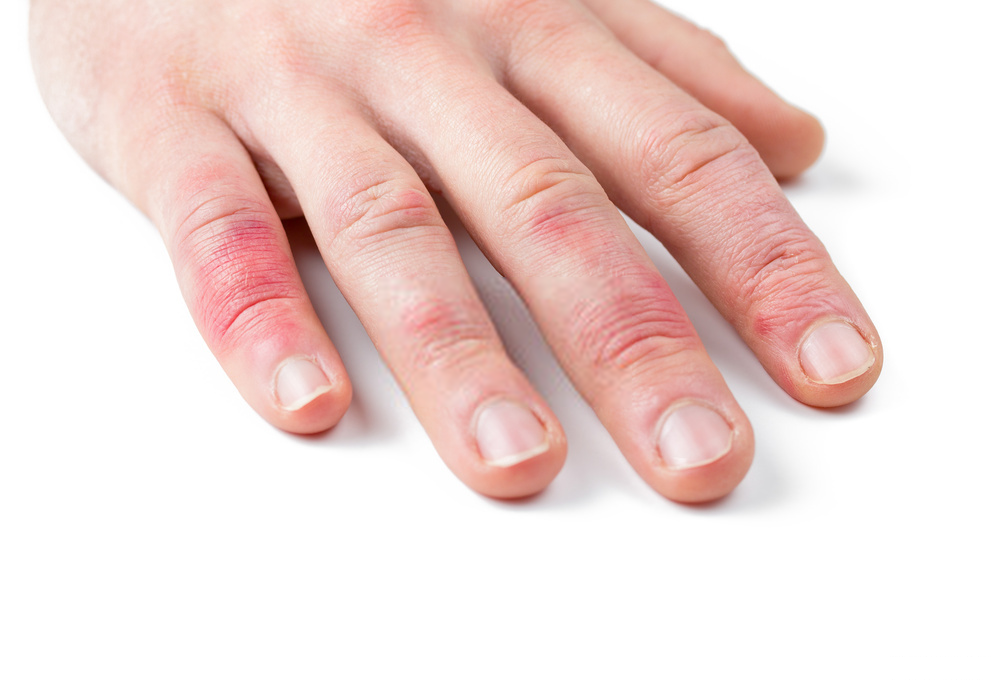
One particular area of interest is the potential link between nickel allergies and dyshidrotic eczema. For individuals with nickel sensitivities, avoiding foods high in nickel might help reduce flare-ups. However, it’s important to consult with a healthcare provider or registered dietitian before making significant dietary changes.
Foods High in Nickel
If you suspect a nickel allergy might be contributing to your dyshidrotic eczema, you might consider limiting your intake of these nickel-rich foods:
- Whole grain bread and cereals
- Legumes (beans, lentils, peas)
- Nuts and seeds
- Chocolate and cocoa
- Canned foods
- Certain shellfish
Living with Dyshidrotic Eczema: Long-term Management Strategies
Managing dyshidrotic eczema is often a long-term endeavor. While the condition may involve repeated flare-ups, with proper care and management, many individuals can effectively control their symptoms and minimize the impact on their daily lives.
Developing a Skincare Routine
Establishing a consistent skincare routine is crucial for managing dyshidrotic eczema. This routine should focus on keeping the skin moisturized and protected:

- Use gentle, fragrance-free cleansers
- Apply moisturizer immediately after bathing or washing hands
- Choose thick creams or ointments over lighter lotions
- Consider using cotton gloves at night to lock in moisture
Identifying and Avoiding Triggers
Keeping a symptom diary can help you identify potential triggers for your dyshidrotic eczema flare-ups. Pay attention to factors such as:
- Weather changes
- Stress levels
- Exposure to certain materials or chemicals
- Foods consumed
- Use of new personal care products
Once you’ve identified your triggers, take steps to avoid or minimize exposure to them whenever possible.
Stress Management Techniques
Given that stress is a common trigger for dyshidrotic eczema flare-ups, incorporating stress management techniques into your daily routine can be beneficial. Consider trying:
- Meditation or mindfulness practices
- Regular exercise
- Deep breathing exercises
- Yoga or tai chi
- Engaging in hobbies or activities you enjoy
When to Seek Medical Attention for Dyshidrotic Eczema
While many cases of dyshidrotic eczema can be managed at home, there are instances where professional medical attention is necessary. Seek help from a healthcare provider if you experience:

- Signs of infection (increased redness, warmth, swelling, or pus)
- Severe pain or discomfort that interferes with daily activities
- Symptoms that don’t improve with over-the-counter treatments
- Frequent or severe flare-ups
- Emotional distress or impact on quality of life due to the condition
Potential Complications of Untreated Dyshidrotic Eczema
If left untreated, dyshidrotic eczema can lead to several complications:
- Secondary bacterial infections
- Fungal infections
- Chronic hand or foot dermatitis
- Nail changes or damage
- Emotional and psychological distress
Prompt and appropriate treatment can help prevent these complications and improve overall quality of life.
Emerging Research and Future Treatments for Dyshidrotic Eczema
As our understanding of dyshidrotic eczema continues to evolve, researchers are exploring new treatment options and management strategies. Some areas of current research include:
Biologics and Targeted Therapies
Biologic medications, which target specific components of the immune system, have shown promise in treating various forms of eczema. While not yet widely used for dyshidrotic eczema, ongoing studies are exploring their potential efficacy for this condition.

Microbiome Research
Scientists are investigating the role of the skin microbiome in eczema, including dyshidrotic eczema. This research could lead to new treatments that aim to restore balance to the skin’s microbial ecosystem.
Gene Therapy
As we gain a better understanding of the genetic factors contributing to eczema, gene therapy approaches may become a possibility in the future. While still in early stages, this area of research holds promise for more targeted treatments.
Improved Barrier Repair Therapies
Researchers are working on developing more effective moisturizers and barrier repair therapies that can help restore and maintain the skin’s natural protective barrier.
These emerging areas of research offer hope for improved treatments and management strategies for individuals living with dyshidrotic eczema. As always, stay informed and consult with your healthcare provider about the latest treatment options available.
Supporting Someone with Dyshidrotic Eczema
If you have a friend or family member living with dyshidrotic eczema, there are several ways you can offer support:

Understanding and Empathy
Dyshidrotic eczema can be both physically uncomfortable and emotionally challenging. Show understanding and empathy for what your loved one is experiencing. Recognize that symptoms can fluctuate and that what works one day might not work the next.
Practical Assistance
Offer practical help during flare-ups. This could include assisting with tasks that might be difficult or painful due to blisters on the hands or feet, such as cooking, cleaning, or running errands.
Emotional Support
Be a good listener and provide emotional support. Living with a chronic skin condition can be frustrating and sometimes isolating. Offering a sympathetic ear can make a significant difference.
Encouragement for Self-Care
Encourage and support your loved one’s self-care routines. This might involve reminding them to moisturize regularly, helping them avoid known triggers, or joining them in stress-reducing activities like meditation or exercise.
Education
Take the time to educate yourself about dyshidrotic eczema. Understanding the condition can help you provide better support and dispel any misconceptions others might have about the condition.
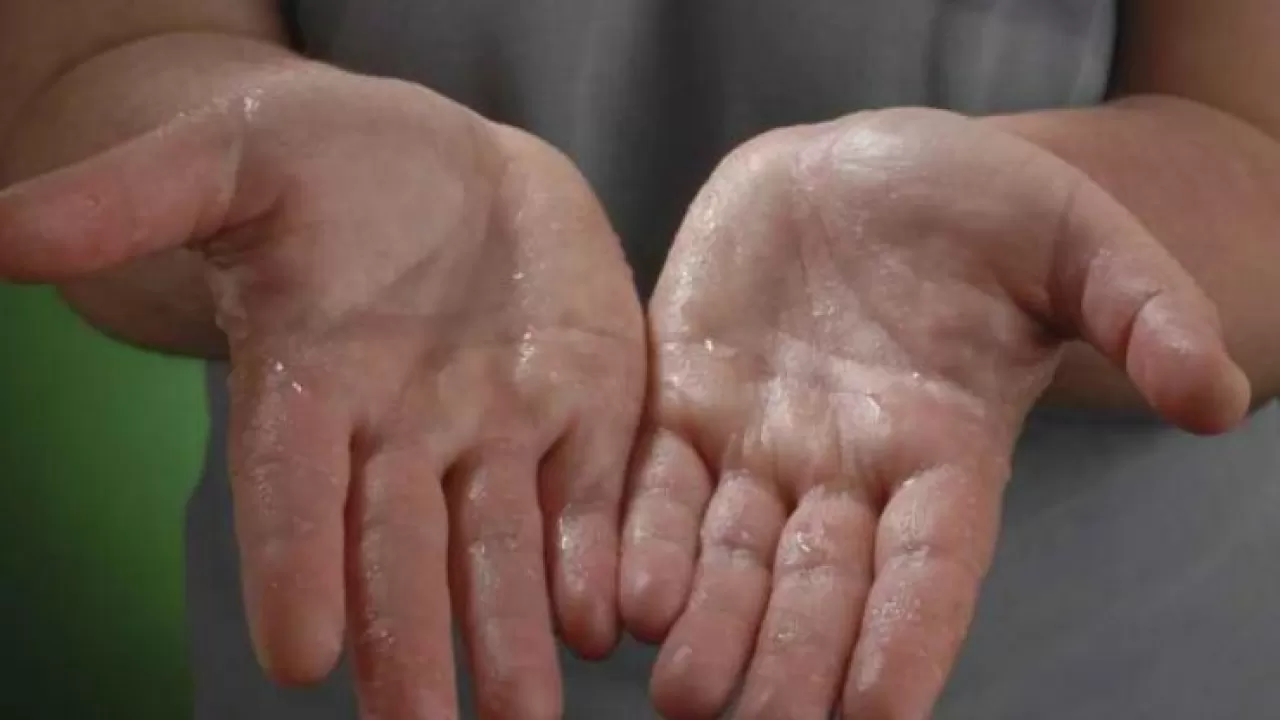
Remember, while your support is valuable, it’s important to respect your loved one’s autonomy in managing their condition. Always follow their lead when it comes to discussing or addressing their dyshidrotic eczema.
What to know about summer finger bumps
Dyshidrotic eczema is a type of eczema that produces skin blisters on the feet and hands. These small blisters are sometimes known as “summer finger bumps.”
Doctors may also refer to dyshidrotic eczema as dyshidrosis, pompholyx, foot-and-hand eczema, vesicular eczema, or palmoplantar eczema.
The blisters or bumps that form can be uncomfortable, itchy, and painful. People may feel a burning or prickly sensation in their skin. The blisters are not permanent.
Dyshidrotic eczema involves flare-ups that last several weeks. Although some people may only experience one flare, people usually have repeated flare-ups that may occur from once every month to once every year.
Below, we look at the symptoms, causes, risk factors, and treatment options for dyshidrotic eczema, as well as how diet may impact this condition.
Doctors sometimes call dyshidrotic eczema “pompholyx eczema.”
Pompholyx is the word for “bubble” in Ancient Greek. The condition can produce intensely itchy blisters on the skin that can also be painful or have a burning sensation. These blisters are tiny and deep-seated and may have a similar appearance to tapioca pudding.
The condition can produce intensely itchy blisters on the skin that can also be painful or have a burning sensation. These blisters are tiny and deep-seated and may have a similar appearance to tapioca pudding.
Water-filled blisters can appear on the sides of the fingers and may extend to the palms of the hands. They can also appear on the toes and soles of the feet.
People with this type of eczema may also have other types of eczema elsewhere on the body.
Dyshidrotic eczema may occur as a one-time episode. However, it often occurs as a chronic condition that involves repeated flare-ups.
Symptoms of dyshidrotic eczema include:
- extreme itching
- burning sensation
- a sensation of heat in the palms or soles
- prickling sensation
- the sudden appearance of small blisters, often on the sides of the fingers
- painful drying and cracking of the skin
- swelling and changes to the skin around the nail
The blisters start small and then may grow bigger. They may weep fluid and produce discoloration. They do not appear in other places on the body.
They may weep fluid and produce discoloration. They do not appear in other places on the body.
If a person has small, water-filled blisters elsewhere, it may be another form of eczema or another skin condition.
The bumpy blisters on the sides of the fingers may develop as a result of excessive sweating or heat exposure. This is why people sometimes refer to them as “summer finger bumps.”
There is no definitive known cause for dyshidrotic eczema. However, some factors that may trigger flare-ups include:
- stress
- metal allergies or sensitivities, such as a nickel allergy
- other types of allergies, such as seasonal allergies
- sweating
- hot, humid weather
According to the National Eczema Society, half of those with dyshidrotic eczema also have atopic eczema or a family history of the skin condition.
Dyshidrotic eczema is more common in people under 40 years of age. It is also more common in females.
According to the American Academy of Dermatology, other risk factors include:
- having another type of eczema
- having seasonal allergies or asthma
- having an allergy to certain metals
- having feet or hands that frequently sweat or become wet
- having a family history of dyshidrotic eczema
- working with metals
- being a mechanic
- working with cement
A person with symptoms of dyshidrotic eczema should see a doctor or dermatologist for a diagnosis.
The doctor will examine the person’s skin and take a medical and family history to determine a diagnosis and treatment plan.
A doctor may also recommend allergy testing to check for specific triggers that may be exacerbating the eczema.
There is no cure for dyshidrotic eczema. However, there are ways to manage the condition. A doctor may prescribe:
- medical moisturizer
- wet soaking with potassium permanganate to help with oozing blisters
- topical steroids to reduce inflammation
- a topical calcineurin inhibitor such as tacrolimus ointment (Protopic)
- oral antibiotics to combat bacterial infection
- oral immunosuppressant drugs
- Botox injections
- phototherapy
Dealing with a flare-up of dyshidrotic eczema can be difficult. The condition is often very itchy and can be painful and bothersome.
The National Eczema Society suggests some strategies for at-home relief, including:
- washing with lukewarm water because very hot or cold water may irritate the skin
- using an emollient soap or cleanser instead of regular soap
- avoiding direct contact with skin-irritating ingredients or products such as detergents and cleansing agents
- taking antihistamines with a sedative effect that will help with sleep rather than actively treat itchiness
- draining large, painful blisters with a sterile needle
- bandaging or wrapping the skin after applying creams or ointments
Stress management can also help prevent flare-ups.
Dietary triggers may contribute to flare-ups for some people. Avoiding these foods can help prevent symptoms.
As a nickel allergy may have a link to dyshidrotic eczema, it is possible that avoiding foods high in nickel may help prevent flare-ups. These foods include:
- soy products, such as soy sauce and tofu
- licorice
- cocoa powder
- clams
- cashews
- figs
An infection may develop as the blisters grow larger and the condition compromises the skin barrier.
Some people may also have fungal infections at the same time as they experience dyshidrotic eczema flare-ups.
If a person with dyshidrotic eczema develops a skin infection, they should see a doctor for evaluation so they can receive treatment.
Some symptoms of a skin infection include:
- discoloration
- swelling
- oozing pus
- pain
- warmth
Preventing flares involves avoiding known triggers such as allergens or temperature changes.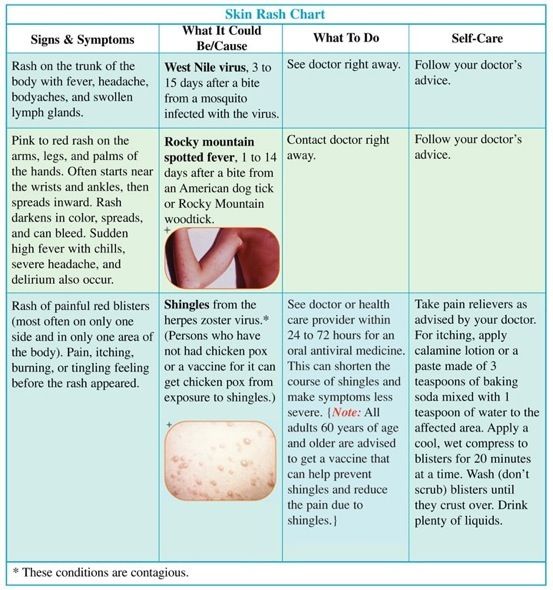 Other strategies for preventing dyshidrotic eczema and its symptoms include:
Other strategies for preventing dyshidrotic eczema and its symptoms include:
- applying moisturizer to prevent dryness and cracking
- wearing gloves, socks, or tights made with cotton, silk, or bamboo to allow the skin to breathe
- removing rings before washing the hands, applying moisturizer, or sleeping to avoid skin irritation
It can be challenging to live with dyshidrotic eczema because it affects the hands and feet.
Some people with the condition may not be able to work during flare-ups. They may also have trouble walking if they develop painful blisters on their feet.
However, it is possible to manage this type of eczema. People with dyshidrotic eczema should talk with a doctor to find an appropriate treatment option.
Dyshidrotic eczema can cause small fluid-filled bumps or blisters to appear on the feet or hands.
Various factors can trigger a flare-up of dyshidrotic eczema. These may include dietary and environmental allergens, stress, weather conditions, and sweat.
A doctor can help people with dyshidrotic eczema find an appropriate treatment option.
A combination of treatment and prevention strategies can help a person manage the symptoms of dyshidrotic eczema.
Read this article in Spanish.
What to know about summer finger bumps
Dyshidrotic eczema is a type of eczema that produces skin blisters on the feet and hands. These small blisters are sometimes known as “summer finger bumps.”
Doctors may also refer to dyshidrotic eczema as dyshidrosis, pompholyx, foot-and-hand eczema, vesicular eczema, or palmoplantar eczema.
The blisters or bumps that form can be uncomfortable, itchy, and painful. People may feel a burning or prickly sensation in their skin. The blisters are not permanent.
Dyshidrotic eczema involves flare-ups that last several weeks. Although some people may only experience one flare, people usually have repeated flare-ups that may occur from once every month to once every year.
Below, we look at the symptoms, causes, risk factors, and treatment options for dyshidrotic eczema, as well as how diet may impact this condition.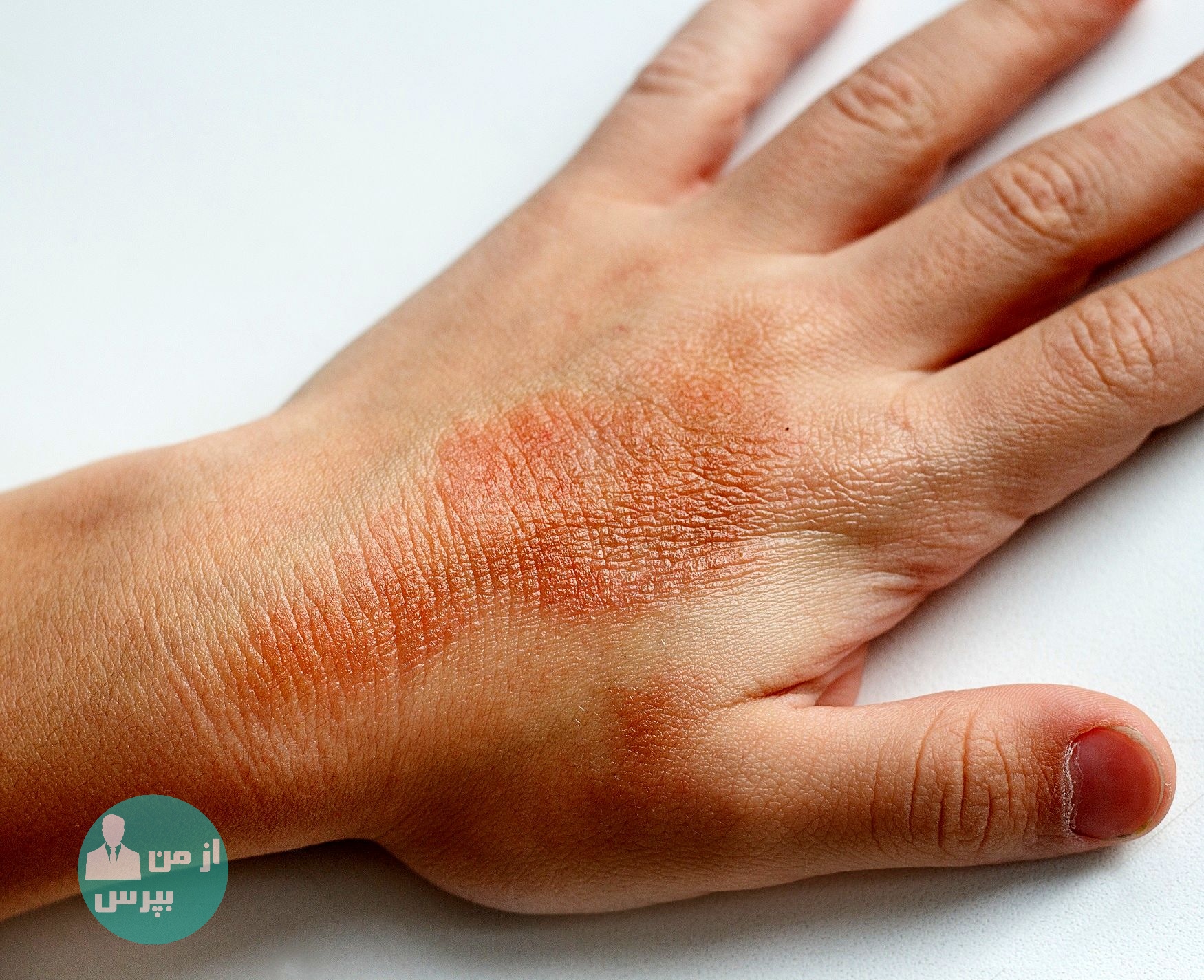
Doctors sometimes call dyshidrotic eczema “pompholyx eczema.”
Pompholyx is the word for “bubble” in Ancient Greek. The condition can produce intensely itchy blisters on the skin that can also be painful or have a burning sensation. These blisters are tiny and deep-seated and may have a similar appearance to tapioca pudding.
Water-filled blisters can appear on the sides of the fingers and may extend to the palms of the hands. They can also appear on the toes and soles of the feet.
People with this type of eczema may also have other types of eczema elsewhere on the body.
Dyshidrotic eczema may occur as a one-time episode. However, it often occurs as a chronic condition that involves repeated flare-ups.
Symptoms of dyshidrotic eczema include:
- extreme itching
- burning sensation
- a sensation of heat in the palms or soles
- prickling sensation
- the sudden appearance of small blisters, often on the sides of the fingers
- painful drying and cracking of the skin
- swelling and changes to the skin around the nail
The blisters start small and then may grow bigger.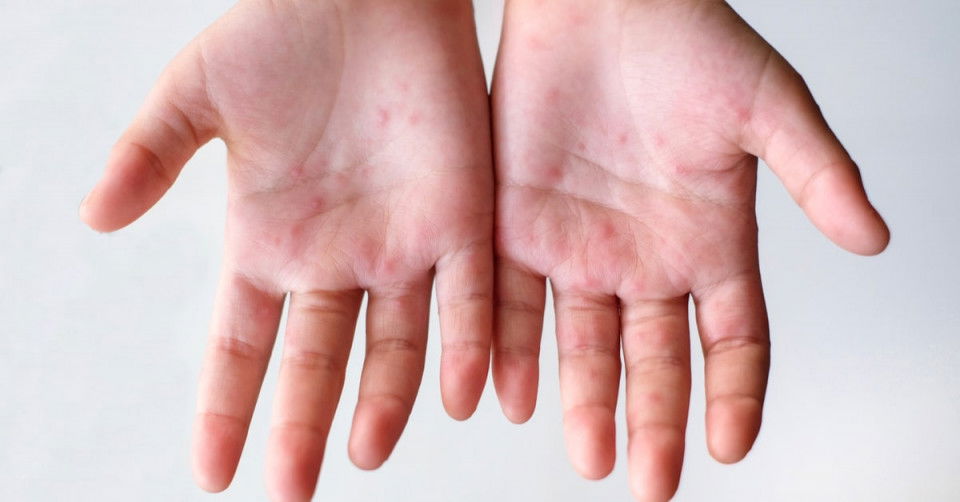 They may weep fluid and produce discoloration. They do not appear in other places on the body.
They may weep fluid and produce discoloration. They do not appear in other places on the body.
If a person has small, water-filled blisters elsewhere, it may be another form of eczema or another skin condition.
The bumpy blisters on the sides of the fingers may develop as a result of excessive sweating or heat exposure. This is why people sometimes refer to them as “summer finger bumps.”
There is no definitive known cause for dyshidrotic eczema. However, some factors that may trigger flare-ups include:
- stress
- metal allergies or sensitivities, such as a nickel allergy
- other types of allergies, such as seasonal allergies
- sweating
- hot, humid weather
According to the National Eczema Society, half of those with dyshidrotic eczema also have atopic eczema or a family history of the skin condition.
Dyshidrotic eczema is more common in people under 40 years of age. It is also more common in females.
According to the American Academy of Dermatology, other risk factors include:
- having another type of eczema
- having seasonal allergies or asthma
- having an allergy to certain metals
- having feet or hands that frequently sweat or become wet
- having a family history of dyshidrotic eczema
- working with metals
- being a mechanic
- working with cement
A person with symptoms of dyshidrotic eczema should see a doctor or dermatologist for a diagnosis.
The doctor will examine the person’s skin and take a medical and family history to determine a diagnosis and treatment plan.
A doctor may also recommend allergy testing to check for specific triggers that may be exacerbating the eczema.
There is no cure for dyshidrotic eczema. However, there are ways to manage the condition. A doctor may prescribe:
- medical moisturizer
- wet soaking with potassium permanganate to help with oozing blisters
- topical steroids to reduce inflammation
- a topical calcineurin inhibitor such as tacrolimus ointment (Protopic)
- oral antibiotics to combat bacterial infection
- oral immunosuppressant drugs
- Botox injections
- phototherapy
Dealing with a flare-up of dyshidrotic eczema can be difficult. The condition is often very itchy and can be painful and bothersome.
The National Eczema Society suggests some strategies for at-home relief, including:
- washing with lukewarm water because very hot or cold water may irritate the skin
- using an emollient soap or cleanser instead of regular soap
- avoiding direct contact with skin-irritating ingredients or products such as detergents and cleansing agents
- taking antihistamines with a sedative effect that will help with sleep rather than actively treat itchiness
- draining large, painful blisters with a sterile needle
- bandaging or wrapping the skin after applying creams or ointments
Stress management can also help prevent flare-ups.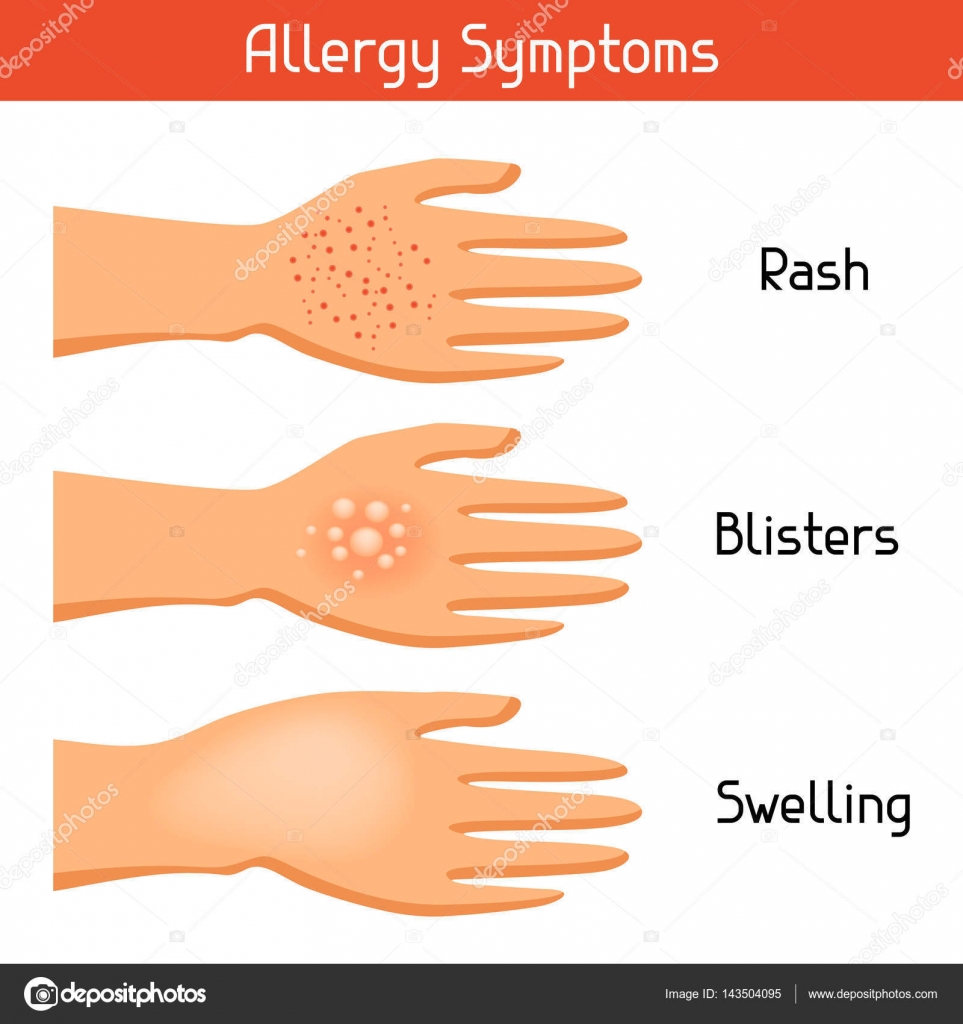
Dietary triggers may contribute to flare-ups for some people. Avoiding these foods can help prevent symptoms.
As a nickel allergy may have a link to dyshidrotic eczema, it is possible that avoiding foods high in nickel may help prevent flare-ups. These foods include:
- soy products, such as soy sauce and tofu
- licorice
- cocoa powder
- clams
- cashews
- figs
An infection may develop as the blisters grow larger and the condition compromises the skin barrier.
Some people may also have fungal infections at the same time as they experience dyshidrotic eczema flare-ups.
If a person with dyshidrotic eczema develops a skin infection, they should see a doctor for evaluation so they can receive treatment.
Some symptoms of a skin infection include:
- discoloration
- swelling
- oozing pus
- pain
- warmth
Preventing flares involves avoiding known triggers such as allergens or temperature changes. Other strategies for preventing dyshidrotic eczema and its symptoms include:
Other strategies for preventing dyshidrotic eczema and its symptoms include:
- applying moisturizer to prevent dryness and cracking
- wearing gloves, socks, or tights made with cotton, silk, or bamboo to allow the skin to breathe
- removing rings before washing the hands, applying moisturizer, or sleeping to avoid skin irritation
It can be challenging to live with dyshidrotic eczema because it affects the hands and feet.
Some people with the condition may not be able to work during flare-ups. They may also have trouble walking if they develop painful blisters on their feet.
However, it is possible to manage this type of eczema. People with dyshidrotic eczema should talk with a doctor to find an appropriate treatment option.
Dyshidrotic eczema can cause small fluid-filled bumps or blisters to appear on the feet or hands.
Various factors can trigger a flare-up of dyshidrotic eczema. These may include dietary and environmental allergens, stress, weather conditions, and sweat.
A doctor can help people with dyshidrotic eczema find an appropriate treatment option.
A combination of treatment and prevention strategies can help a person manage the symptoms of dyshidrotic eczema.
Read this article in Spanish.
Treatment of dermatological diseases – Altermed
Permanent promotion
Savings discount program
Get a client card Altermed
All branches
Until 31 July 2023
Dermatologist’s appointment for skin treatment
All branches
Subscribe to the newsletter
By sending an email I agree to the processing of my personal data in
in accordance with the requirements of the Federal
Law of July 27, 2006 No.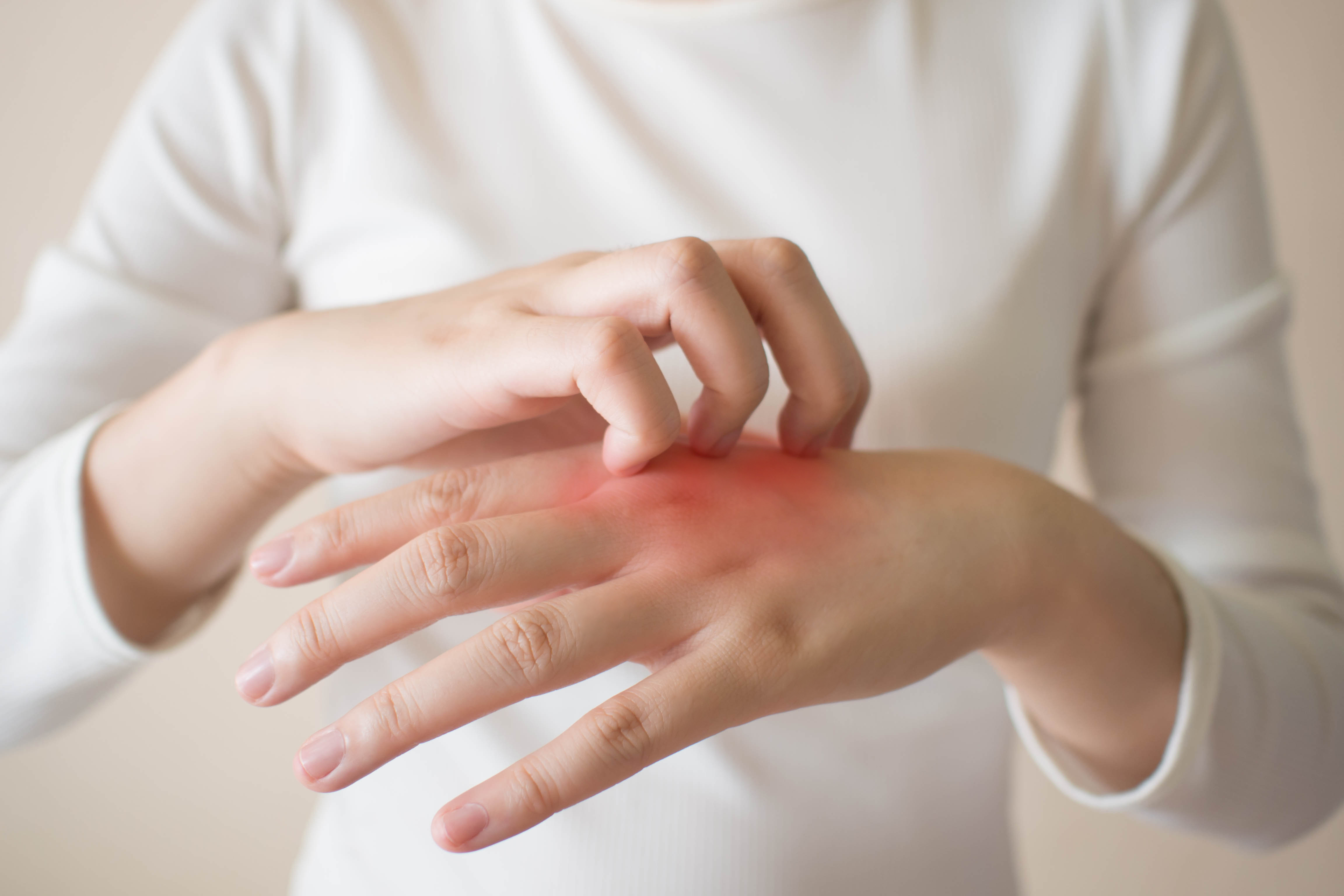 152-FZ “On Personal Data”
152-FZ “On Personal Data”
Making an appointment
FULL NAME *
Your phone number *
Your E-mail *
Desired date of admission *
Branch
Choose branch:
Etc. Enlightenment
Starry
Leninsky pr.
Kupchino
Etc. Bolsheviks
Doctor’s specialization
Gynecology
Urology
Proctology
Cosmetology
Dermatology
Phlebology
Analyzes
Uzi
Cardiology
A comment
By sending an email, I agree to the processing of my personal data in accordance with the requirements of the Federal Law of July 27
2006 No.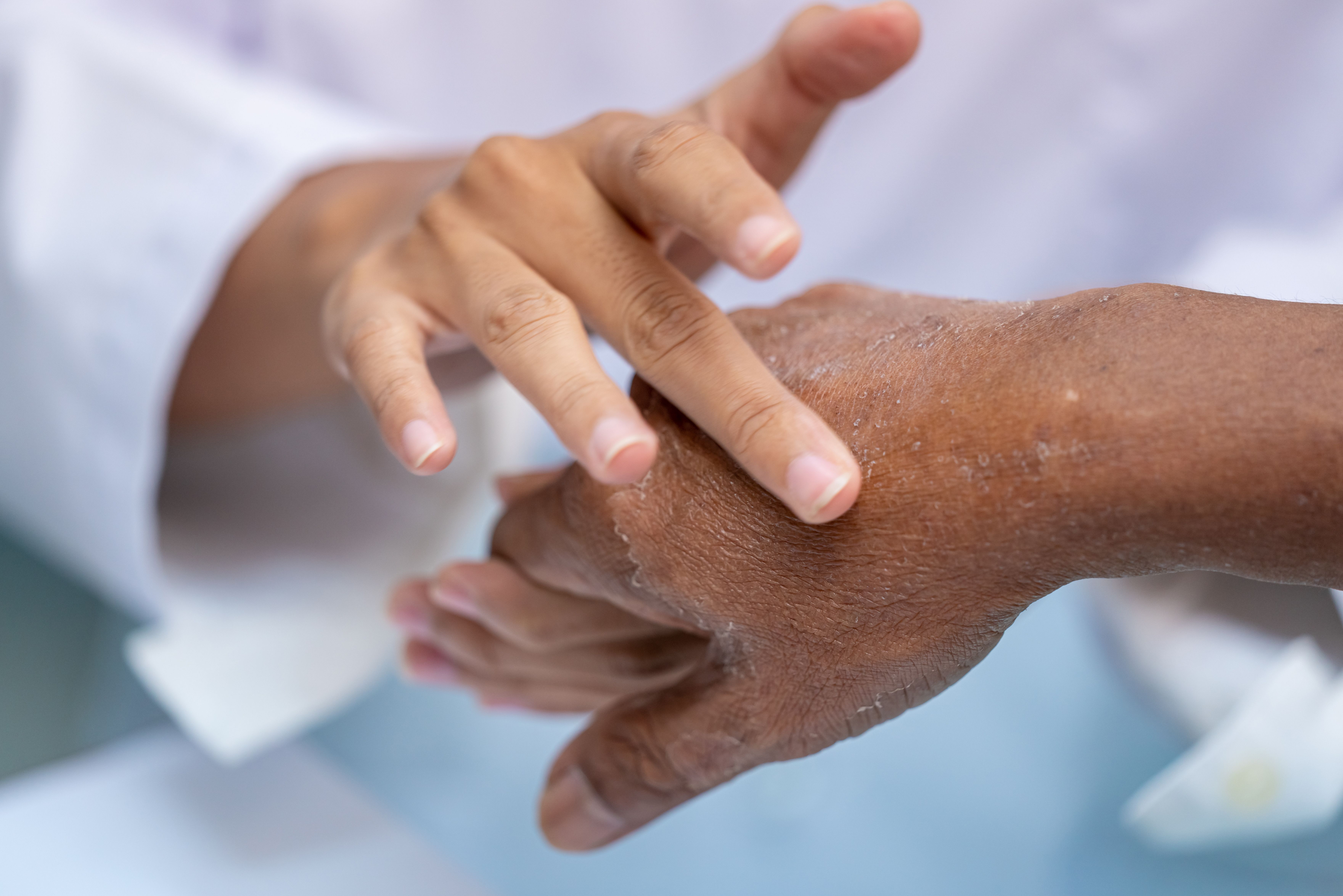 152-FZ “On Personal Data”
152-FZ “On Personal Data”
Close
St. Petersburg, Engels Ave., 139/21 (entrance from Prospekt Prosveshcheniya)
m Prosveshcheniya
See on the map
St. Petersburg, Lensoveta street, 88 (entrance from Zvyozdnaya street)
m Zvyozdnaya
See on the map B
m Leninsky pr.0003
m Kupchino
See on the map
St. Petersburg, Bolshevikov Ave., house 7k2.
Attention: the building has free parking for 1 hour.
m Ave. Bolsheviks
See on the map
Close
Thank you! Your request has been sent,
we will reply to you as soon as possible
Treatment of dermatological diseases – Altermed
Permanent promotion
Savings discount program
Get a client card Altermed
All branches
Until 31 July 2023
Dermatologist’s appointment for skin treatment
All branches
Subscribe to the newsletter
By sending an email I agree to the processing of my personal data in
in accordance with the requirements of the Federal
Law of July 27, 2006 No. 152-FZ “On Personal Data”
152-FZ “On Personal Data”
Making an appointment
FULL NAME *
Your phone number *
Your E-mail *
Desired date of admission *
Branch
Choose branch:
Etc. Enlightenment
Starry
Leninsky pr.
Kupchino
Etc. Bolsheviks
Doctor’s specialization
Gynecology
Urology
Proctology
Cosmetology
Dermatology
Phlebology
Analyzes
Uzi
Cardiology
A comment
By sending an email, I agree to the processing of my personal data in accordance with the requirements of the Federal Law of July 27
2006 No.